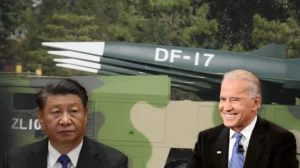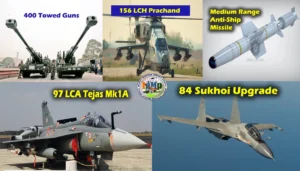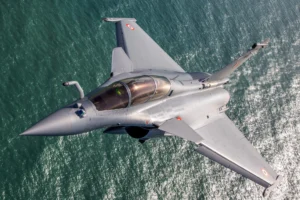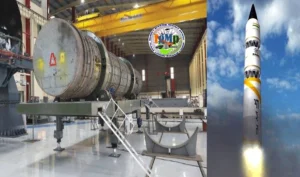Source : The EurAsian Times
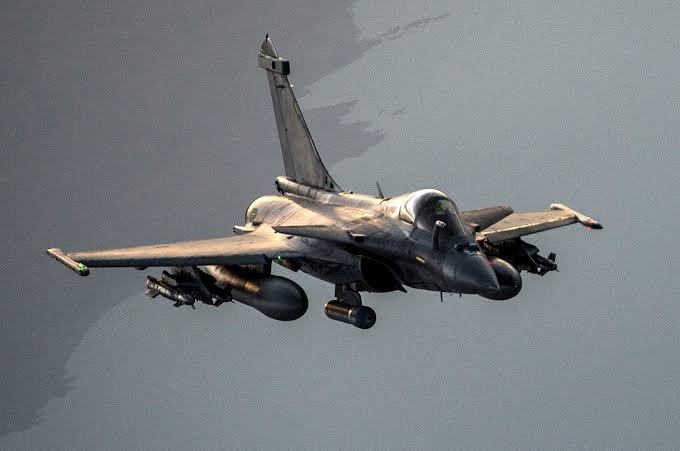
In the aftermath of the Galwan clash between India and China, tensions soared to unprecedented levels, leading Beijing to bolster its air power significantly. Air Chief Marshal RKS Bhadauria, the former Indian Air Force (IAF) chief, has revealed that China deployed five times more J-20 stealth fighters than India’s then-newly procured Rafale jets during the standoff.
During the interview on May 19, Bhadauria emphasized the strategic importance of the Rafale fighter jets, describing them as the “strongest weapon system in the inventory” at the time.
He recounted how the arrival of the first Rafale prompted China to station four J-20 fighters in response. As the number of Rafales in India’s arsenal increased to four, China ramped up its deployment to 20 J-20s, resulting in a ratio of five J-20s deployed by Beijing to counter each Rafale.
The J-20, regarded as China’s most advanced fighter aircraft, was a direct countermeasure to the Rafale’s capabilities. “The Chinese knew what we could do,” Bhadauria remarked, indicating the Indian Air Force’s high level of preparedness.
Bhadauria also mentioned the term “salami slicing,” a tactic attributed to China’s gradual encroachment on Indian territory. He recalled the challenges faced before the Rafale acquisition, noting that prior efforts to procure these advanced jets had been unsuccessful until a government-to-government contract facilitated their purchase.
While Bhadauria did not specify the exact locations and times of these deployments, previous reports indicated that in the months following the Galwan clash, China positioned J-20s near the Indian border at the Hotan Airbase in Xinjiang province.
This move came in response to the perceived threat posed by India’s Rafale jets, which had begun conducting night flying exercises in the mountainous terrain of Himachal Pradesh shortly after their induction.
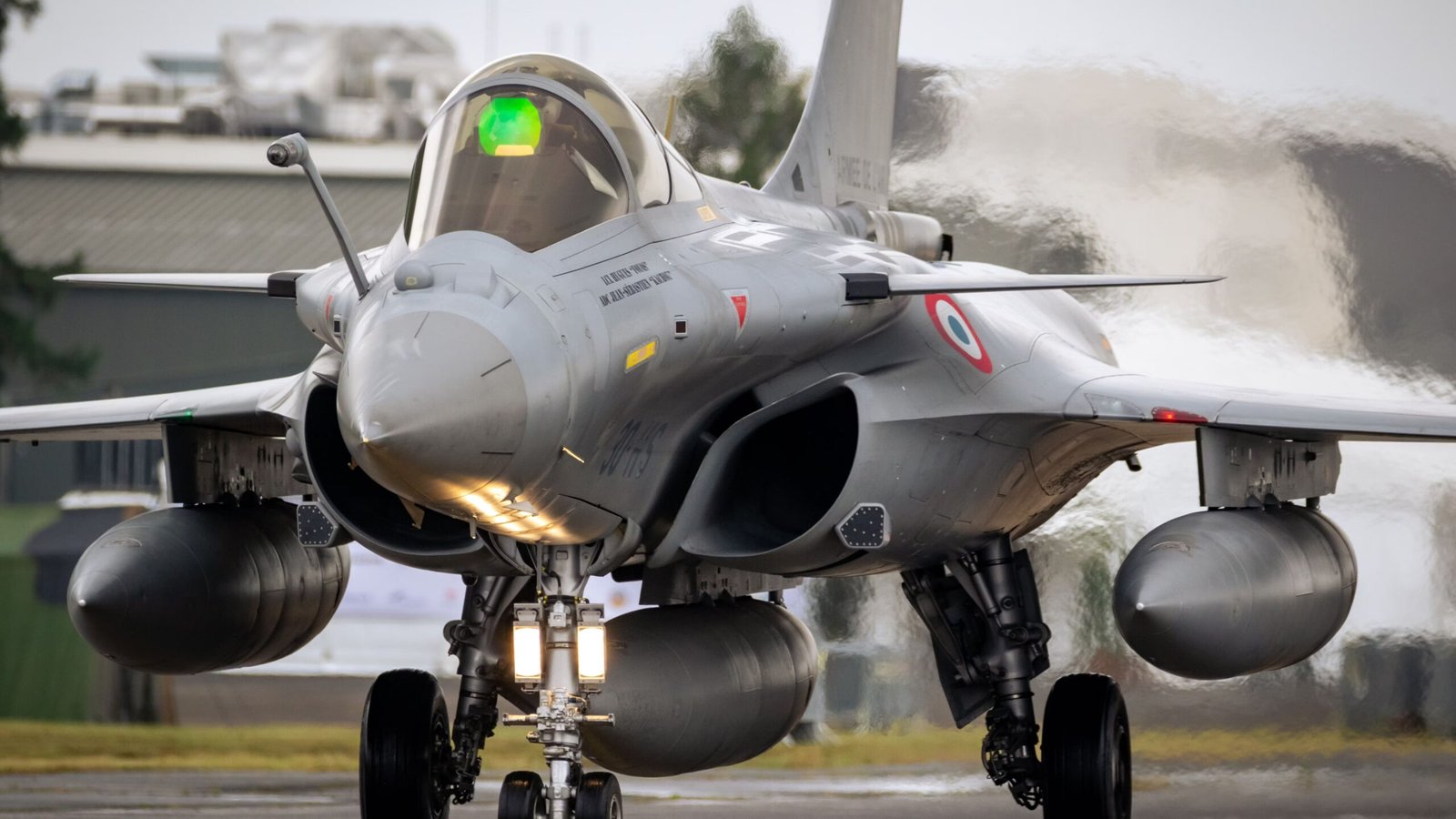
Despite attempts to downplay the deployment in Chinese media, the move’s significance was not lost on international observers, who recognized its implications for regional stability.
Acknowledging the J-20’s long-range capabilities, Chinese media justified the deployment as routine training exercises to enhance operational readiness. However, the strategic positioning of these aircraft near India’s borders highlighted China’s assertive posture in the region.
Since then, China has intensified its military presence at the Hotan Air Base, stationing a diverse pack of fighter jets and drones to bolster its defensive capabilities.
In June 2022, EurAsian Times revealed a substantial buildup, with the People’s Liberation Army Air Force (PLAAF) deploying around two dozen frontline combat aircraft, including the J-11 and J-20 stealth fighters.
5:1 Deployment Against IAF Rafale Fighters
The disclosure by the former Indian Air Force chief has reignited the longstanding debate surrounding India’s Rafale fighter jets and China’s J-20 stealth aircraft.
The revelation that China deployed 20 J-20s to counter just four Rafales has especially sparked discussions regarding the comparative capabilities of these advanced war machines, both touted as crown jewels by their respective air forces.
This deployment ratio not only underscores the Rafale’s perceived potency as a formidable adversary but also prompts inquiries into the efficacy and confidence in the J-20’s ability to neutralize the Rafale threat.
While Chinese authorities have regularly lauded the J-20’s capabilities, claiming it can counter American F-35s and F-22s, many experts persist in their skepticism regarding its true combat prowess.
On the other hand, Indian military officials and experts have placed the Rafale on equal footing with the J-20, citing its operational track record and superior performance.
For instance, in 2020, IAF Air Marshal (Retd) Raghunath Nambiar argued, “Rafale is the best aircraft in the sky at this time. To compare it with what Pakistan has, like F-16 & JF-17, wouldn’t be anything serious. If you had to compare Rafale against Chengdu J-20, I think Rafale stands head & shoulders above them.”
There are clear reasons behind such confident statements. One significant factor is that although the J-20s have been marketed as fifth-generation stealth jets, their primary limitation lies in their lack of proven combat experience.
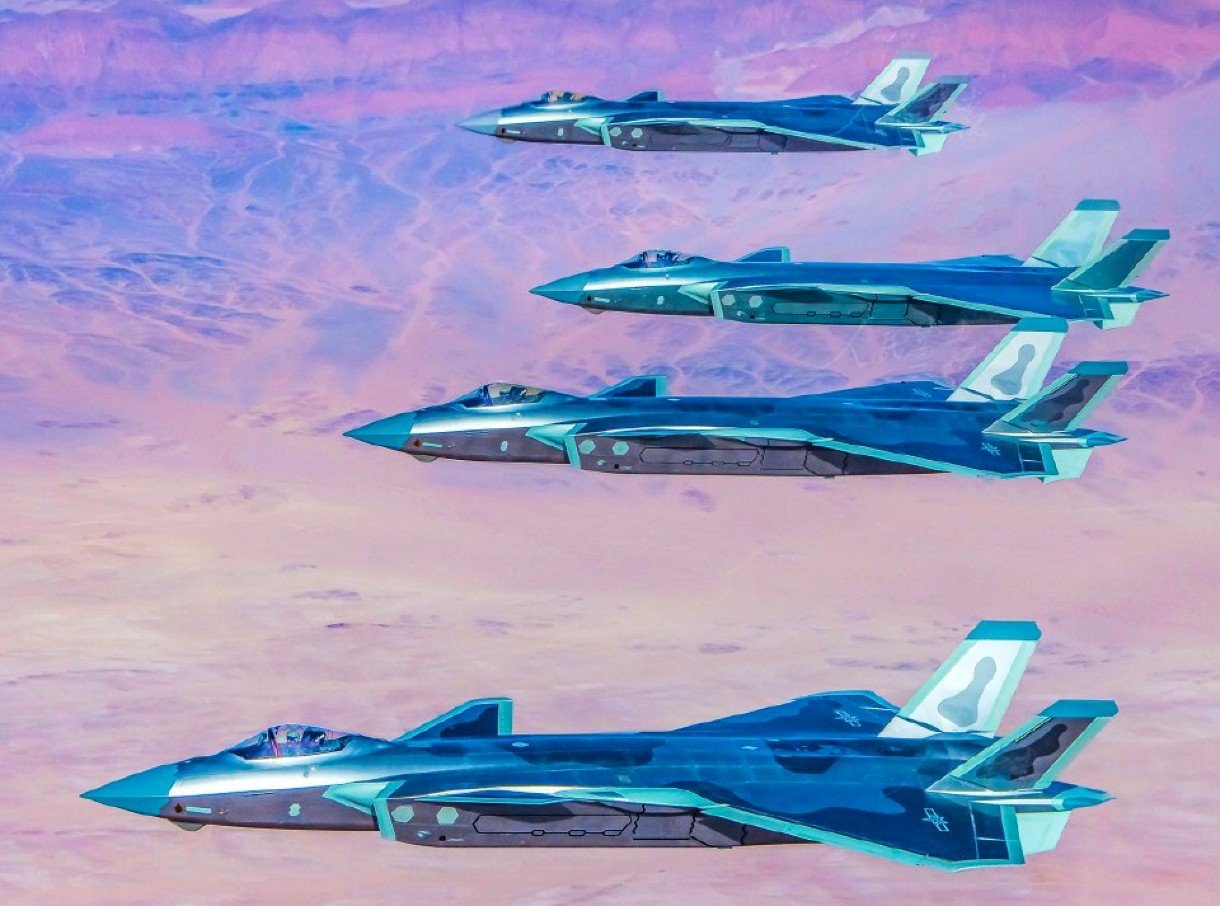
File: J-20 fighter jet/Twitter
In contrast, the French Rafale has been operational for almost 25 years, participating in military campaigns in Afghanistan, Libya, Mali, and Syria, where it was engaged in ground strike missions.
While these operations may not exclusively involve air-to-air combat, they demonstrate the Rafale’s capability as a combat-ready aircraft—a distinction that cannot yet be attributed to the J-20.
Retired IAF Air Marshal Anil Chopra echoed these sentiments, suggesting that the J-20 may not live up to its billing as a fifth-generation stealth jet. He highlighted concerns regarding the J-20’s engine, radar, and electronic warfare suite, pointing to instances of new engine development issues and doubts about its overall performance under combat conditions.
Chopra also noted the extensive customization of Indian Air Force Rafale aircraft. These India-specific modifications enhance the aircraft’s capabilities in the region.
Meanwhile, Beijing is aware of the debate surrounding the untested status of the J-20 in real combat scenarios, which remains a noteworthy point of contention.
In a bid to possibly showcase its capabilities and address skepticism, particularly during the heightened discourse comparing the J-20 and Rafale in 2020, Beijing conducted a simulation where the J-20, also known as the Mighty Dragon, was pitted against the Indian Air Force’s Dassault Rafale fighter.
As anticipated, in a simulated scenario possibly orchestrated to showcase the prowess of the J-20 Mighty Dragon, the outcome favored the Chinese aircraft. Chinese media claimed that J-20 successfully neutralized 17 Rafales during the simulation.


